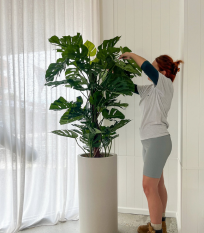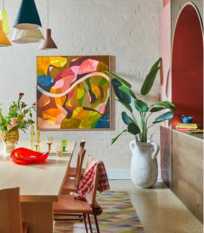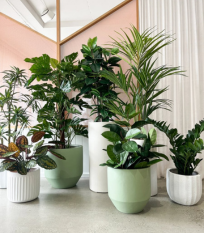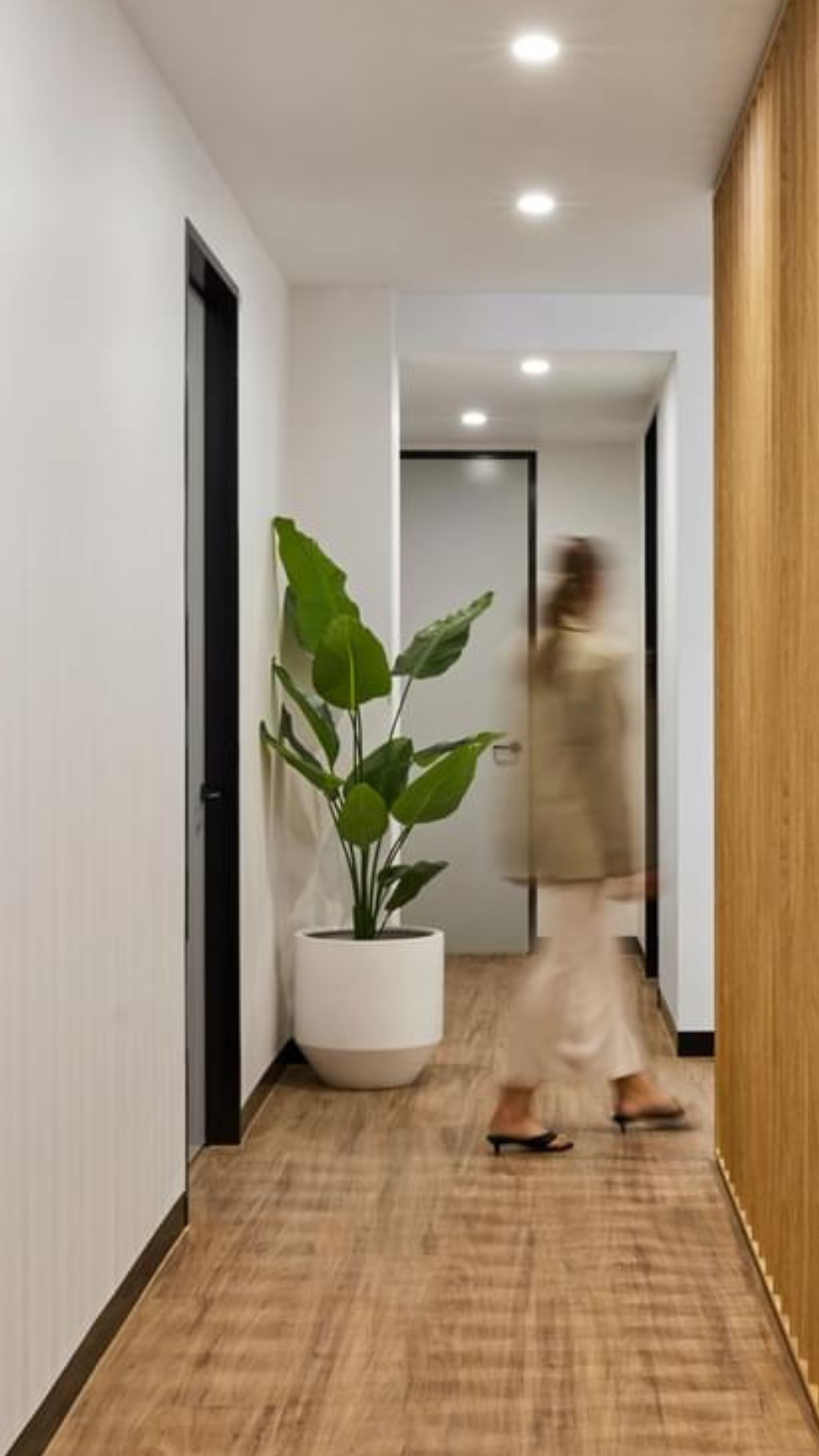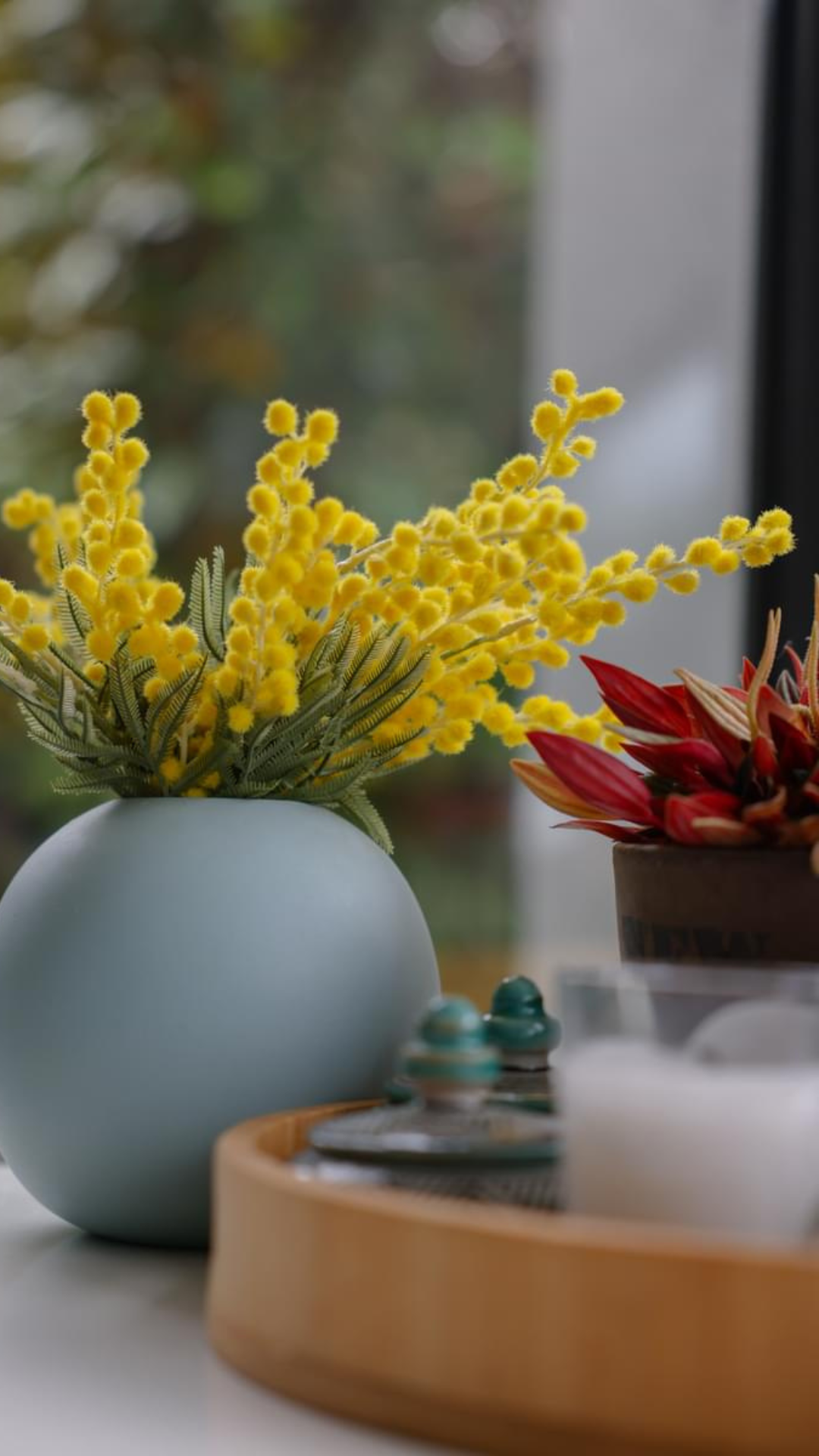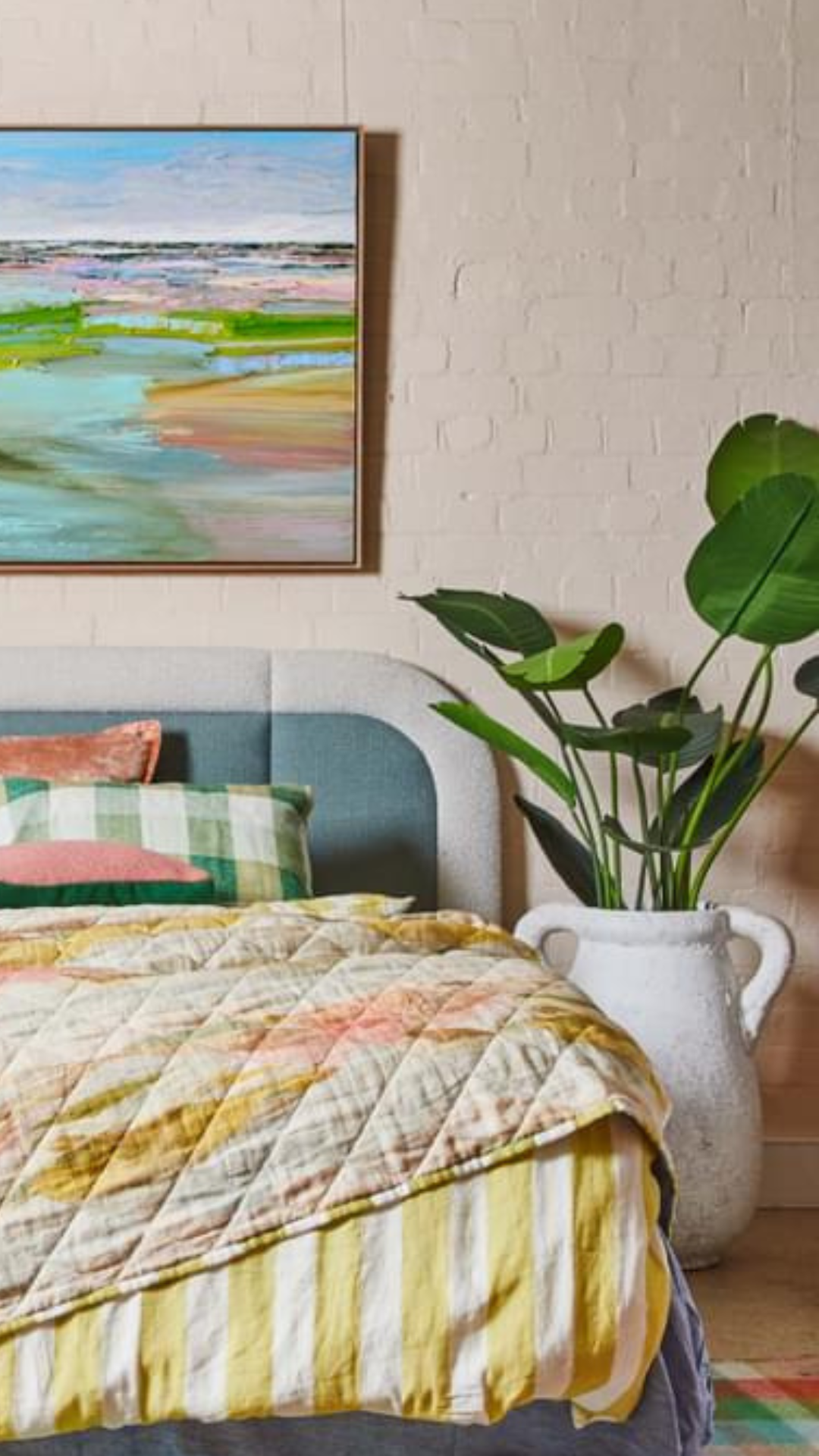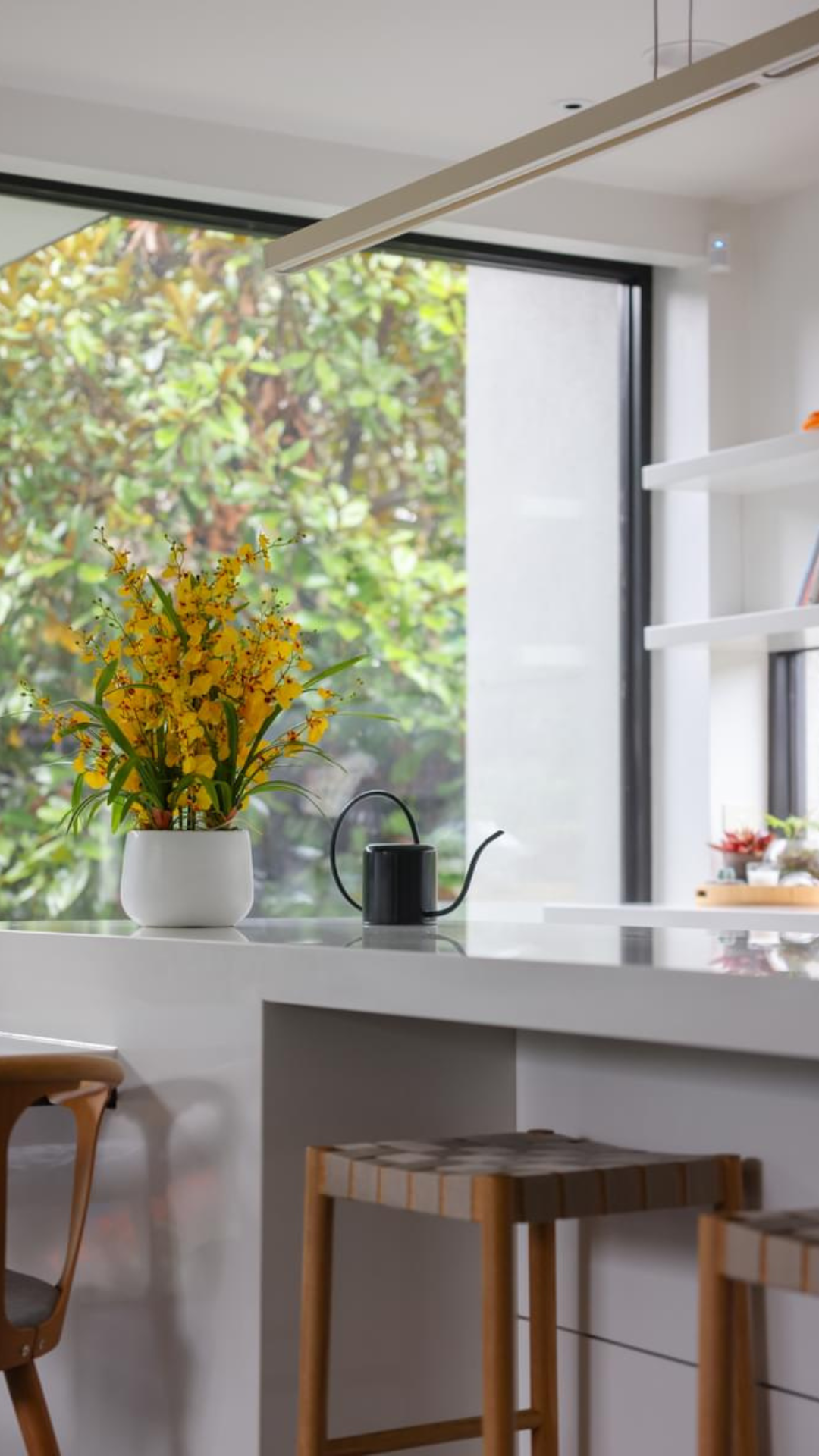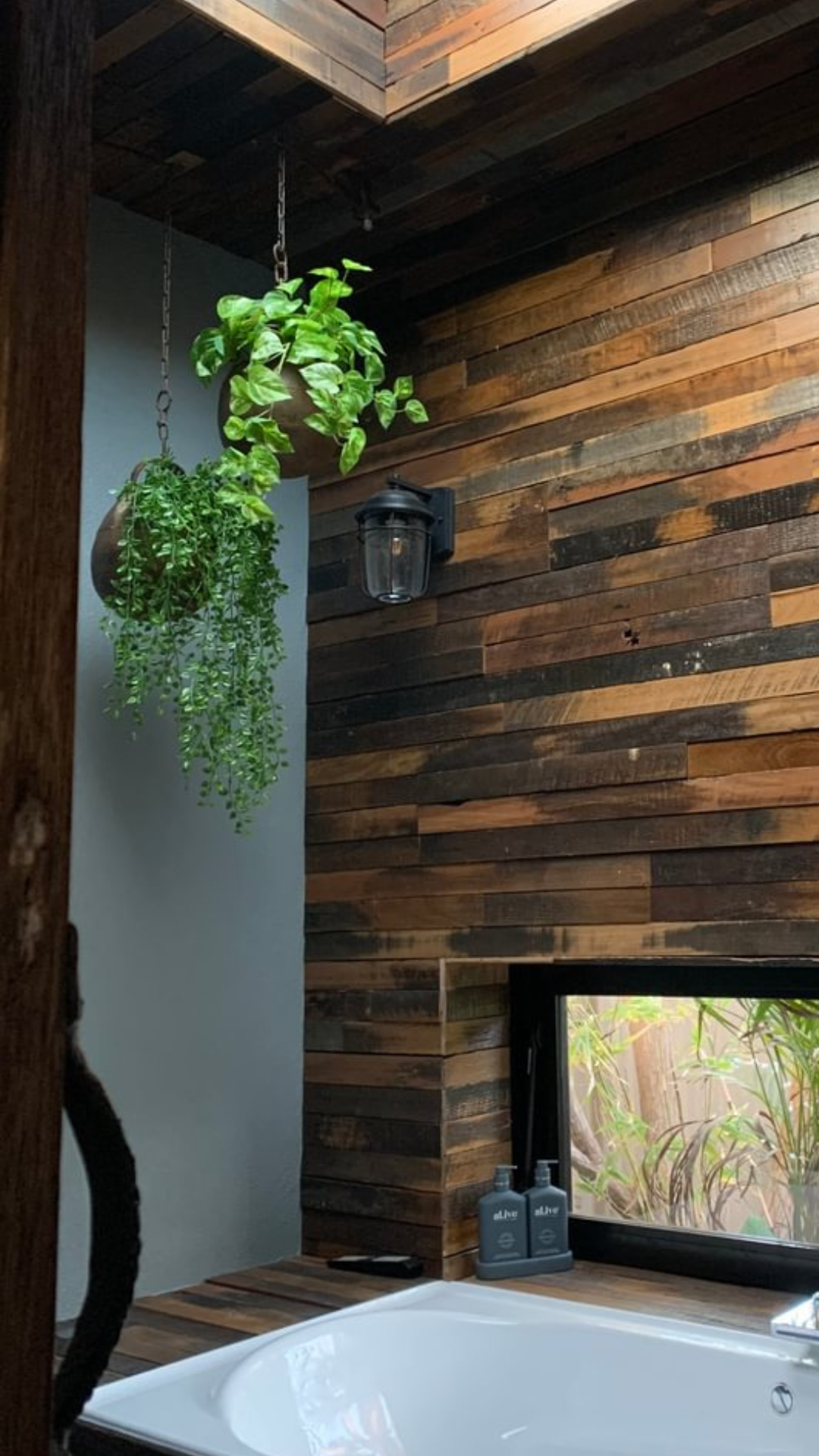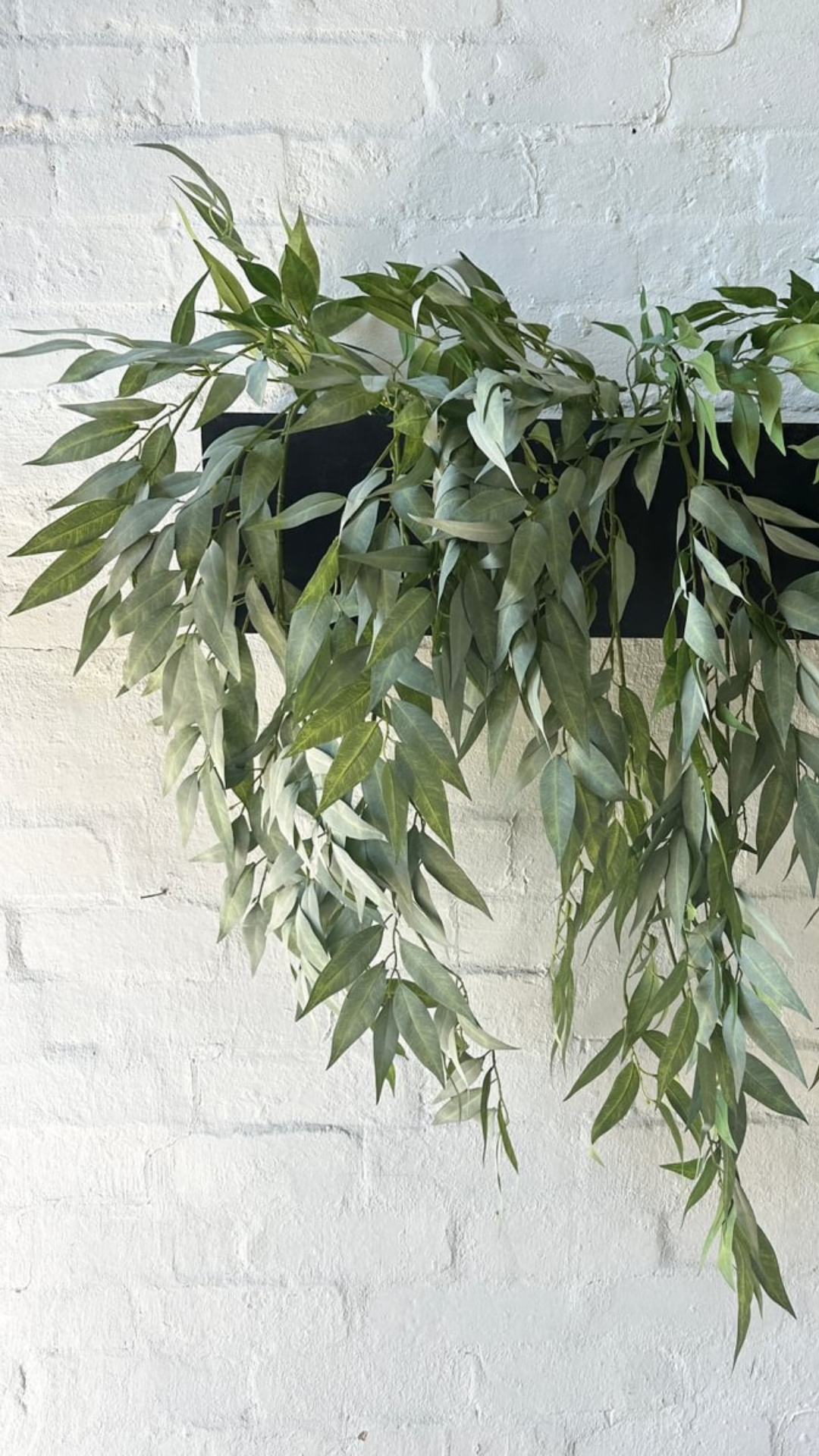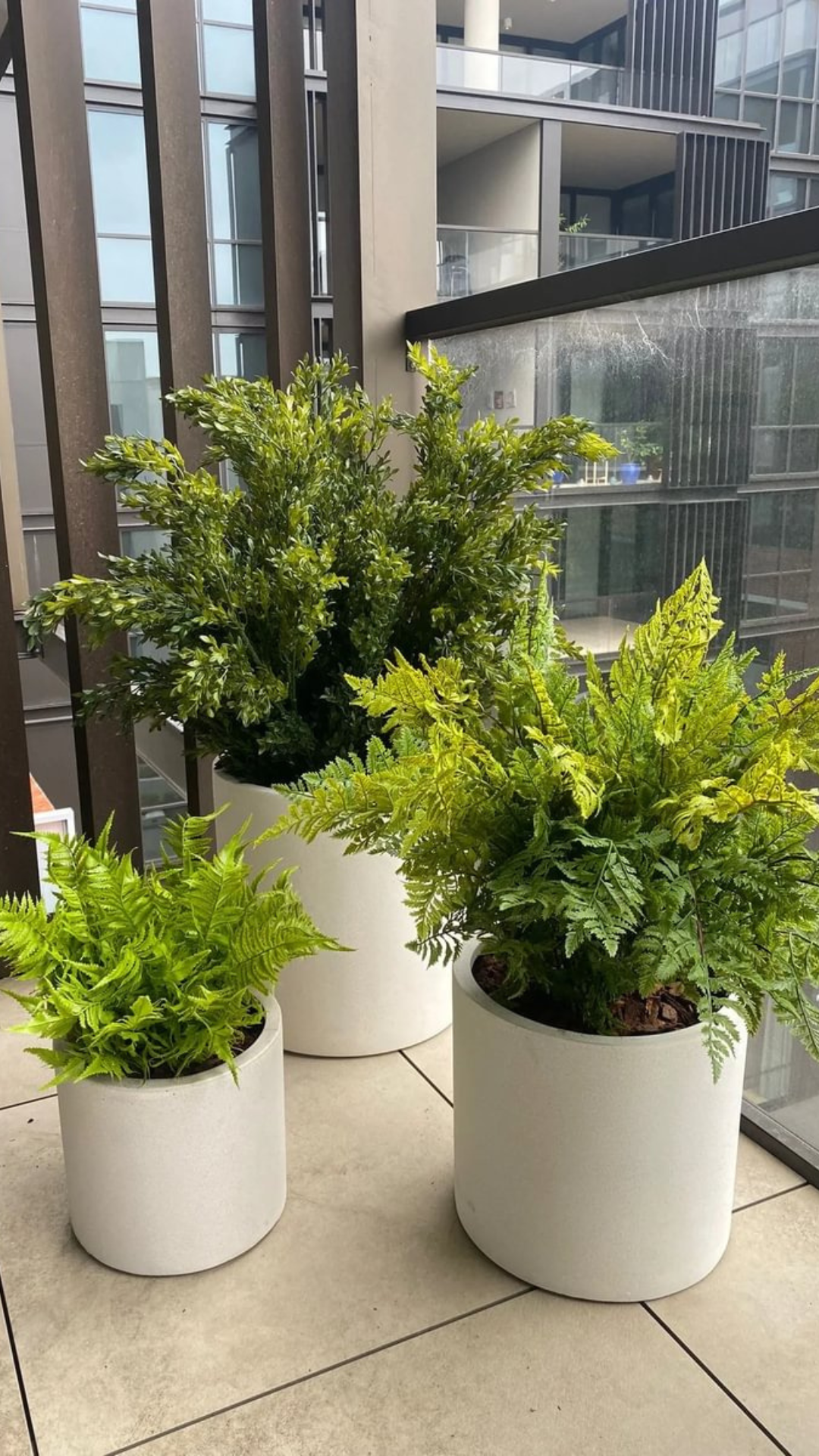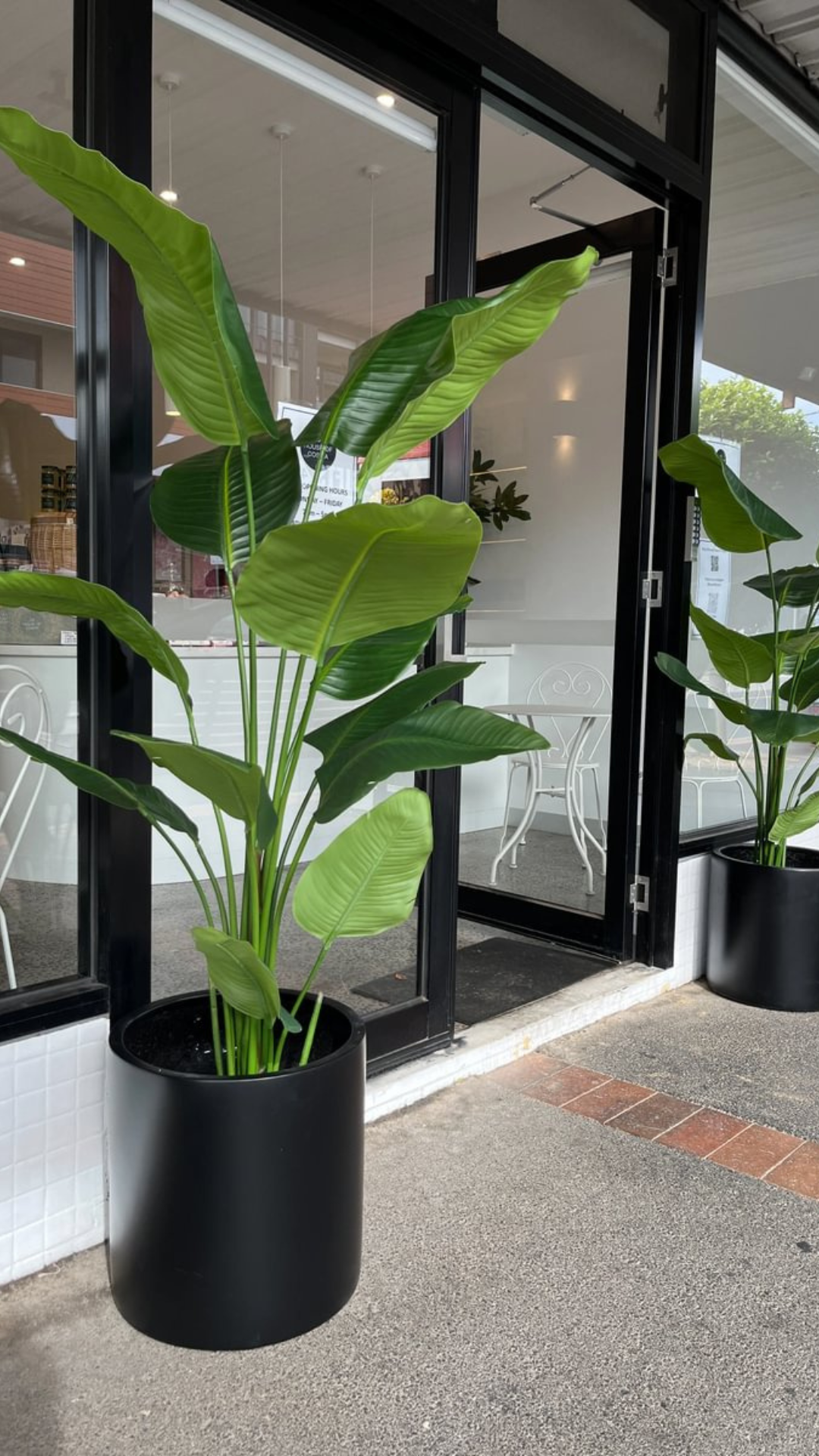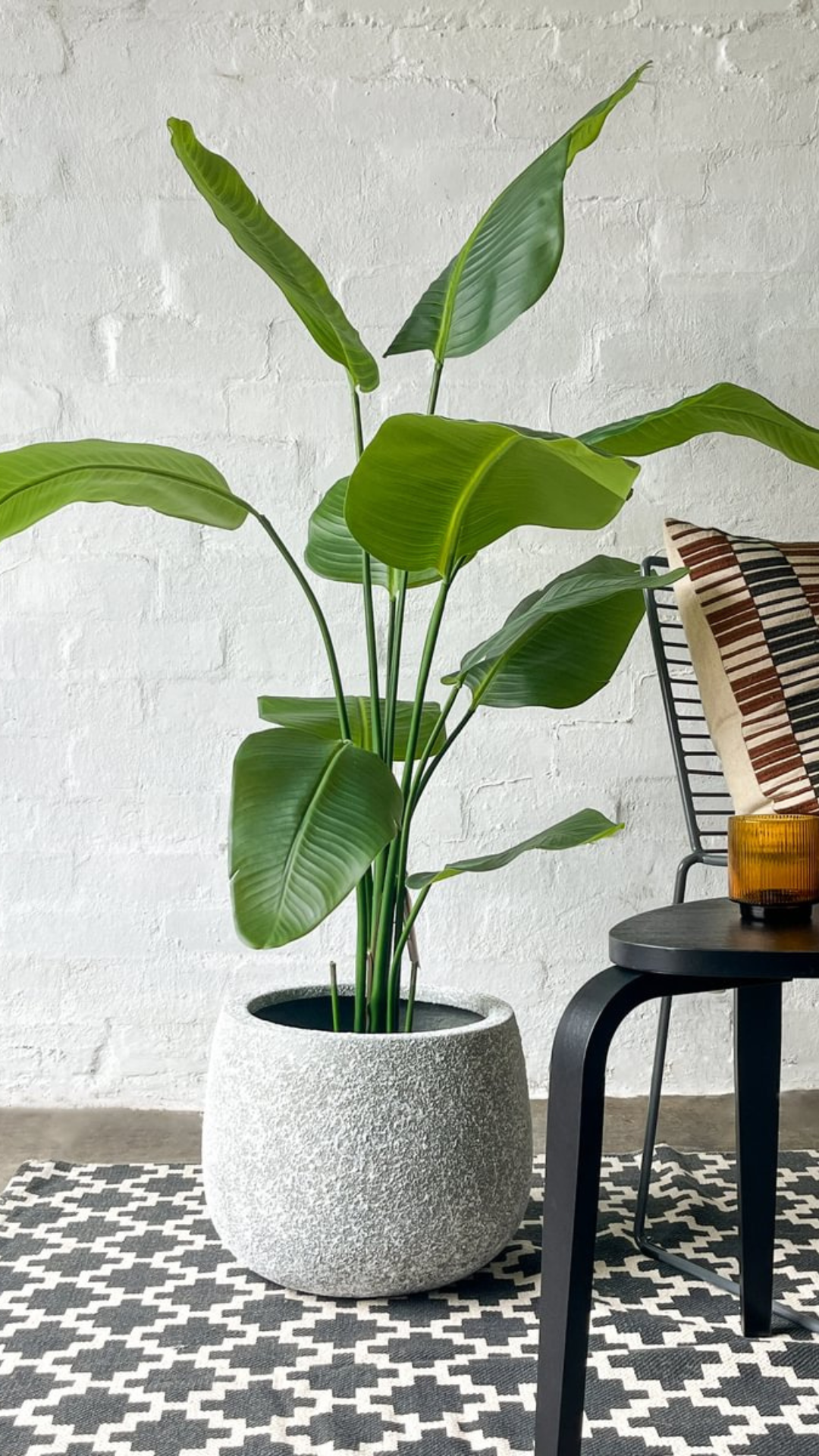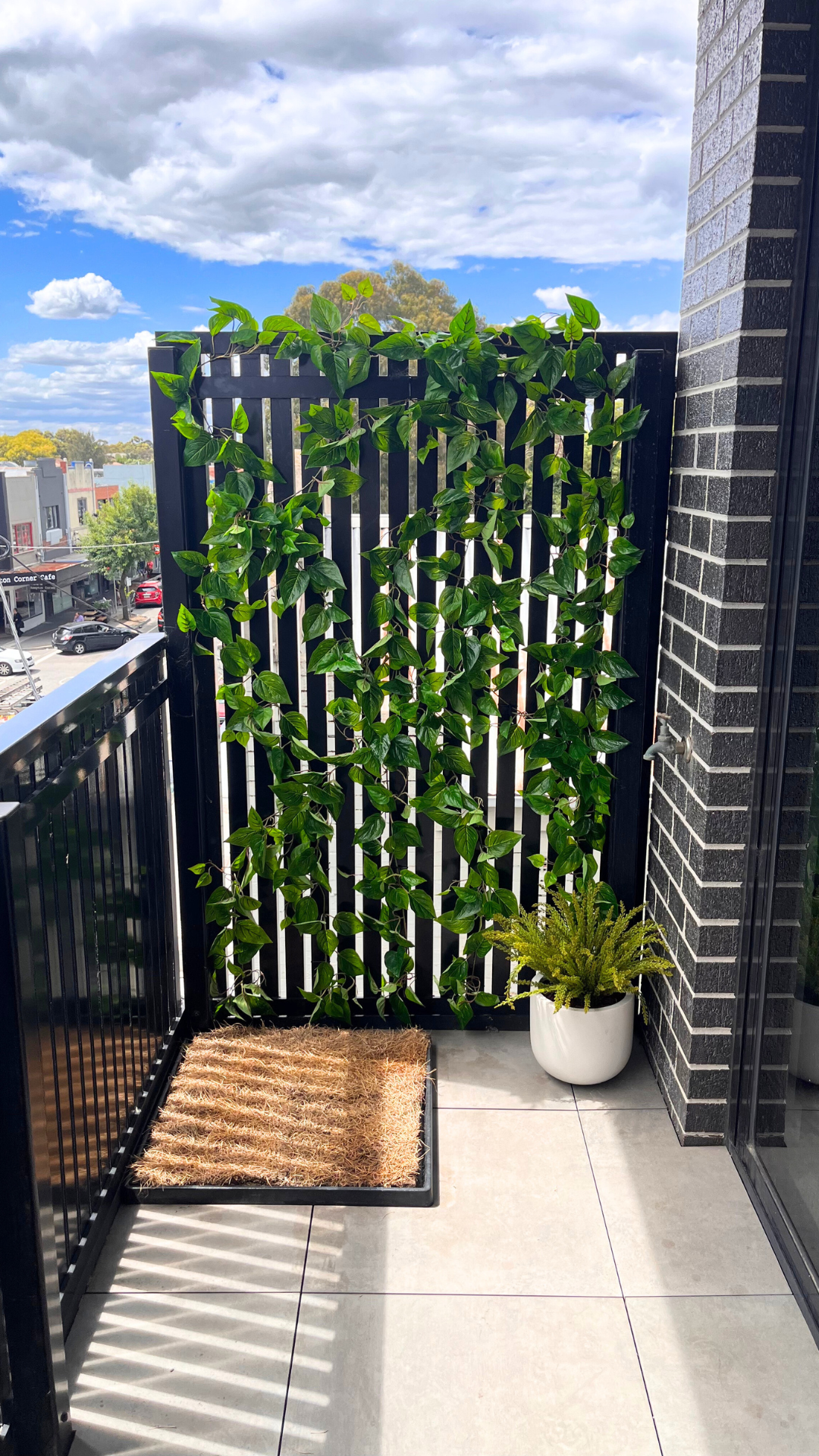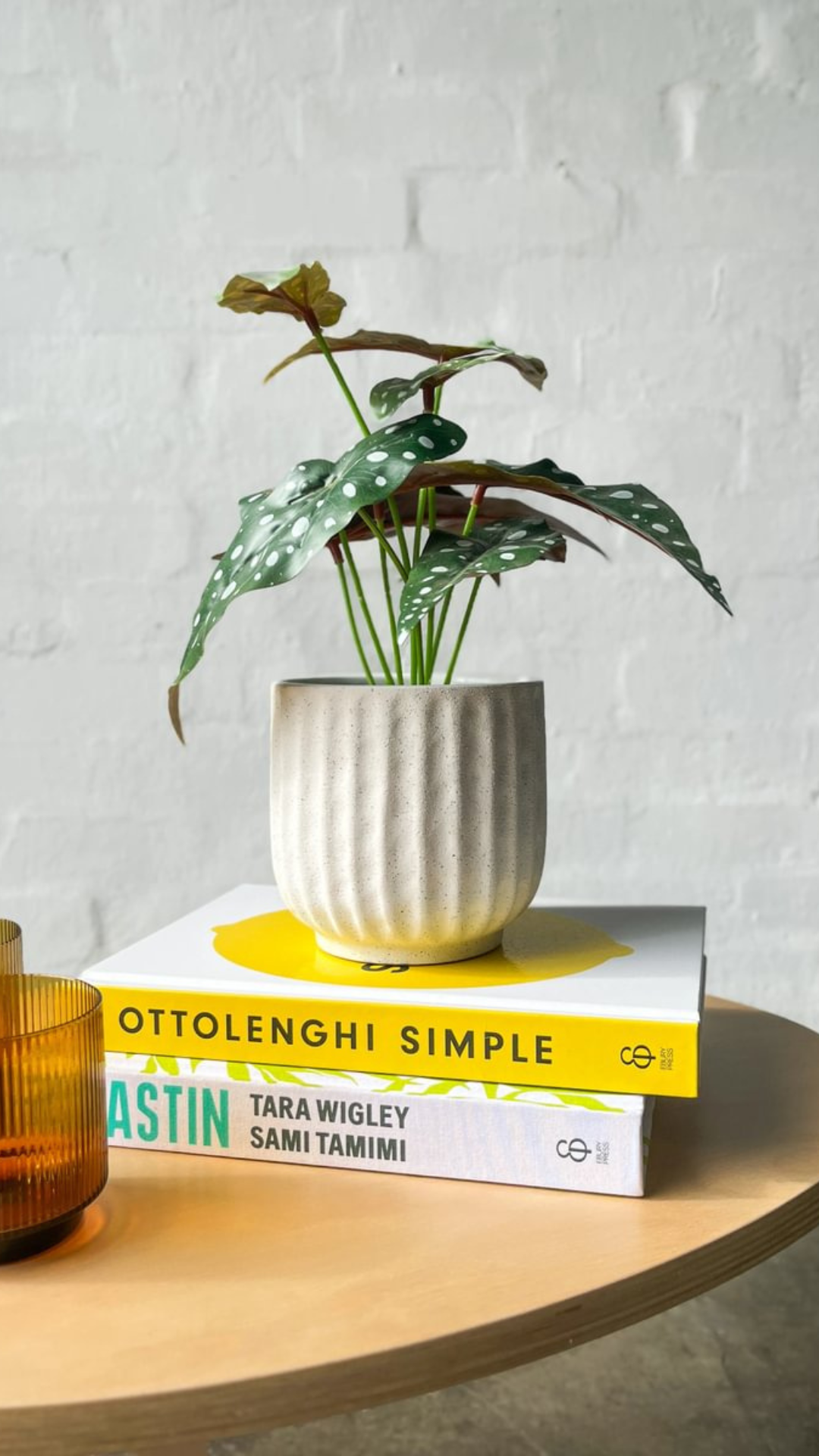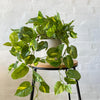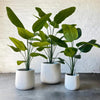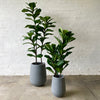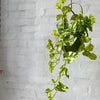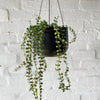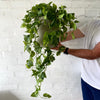Our Favourite Low Light Plants
With no need for constant moving and worrying about sufficient light or position. These Low Light plants will ensure your experience as a plant parent is a positive one. Perfect for apartments, corners, your goth friends house, and other low lit spaces.

Peace Lily
Like its name suggests, The Peace Lily symbolises just that. These large leafy beauties thrive in low lights and can produce beautiful delicate white flowers, too much light can burn the leaves. A common mistake as they are such luscious things is over watering, Peace Lilies like a thorough water and then to be re-watered when the topsoil is dry.
Pothos
The Pothos is a versatile indoor plant boasting many varieties. They love to grow and climb or trail and can be planted in a vase or soil. These guys dig low to medium light but will not enjoy direct light, so they are well suited to bathrooms or anywhere that doesn’t get a huge amount of natural light.

Sansevieria
These babies are indestructible. Seriously. They tolerate low light very well and even in indirect light only require a fortnightly watering when the soil is dry. In winter, watering once a month is adequate, it’s nice to have semi-independent plants.
Calathea
With their unique colours and variegations and in some types, velvety leaves, the humble Calathea does not ask for much. As their leaves are quite delicate too much sun can easily burn them. Keeping this in mind they thrive in medium light but can live very happily in low light. Watering every 1-2 weeks is necessary to keep them happy.

Begonia
Begonia’s come in a huge range of stunning colours and interesting shaped leaves making them a quirky addition to any space. The Begonia Maculata, known for their white polka dotted arrow shaped leaves with pink underside are certainly unique. Despite their fascinatingly strange appearance these beauties are surprisingly easy to look after requiring medium to low light. In terms of watering, keeping an eye on the soil is crucial as they like to be kept slightly damp.




